May 18, 2023: The nature of work is changing and hospital systems need to keep up. On this Keynote, CIOs Will Weider (formerly PeaceHealth), Reid Stephan (St.Luke’s), and Brad Reimer (Sanford Health) join in a discussion about the future of healthcare. Why does remote work have staying power? How do organizations address the challenge of perceived loss of productivity in remote work? How do organizations accommodate employees who cannot work from home? How do organizations approach onboarding new employees and integrating them into the culture? How are staffing shortages impacting the healthcare industry at a national and geographic level? What are the key challenges faced in hiring and retaining remote employees with the right skills and temperament? For major upgrades or implementations, is it effective for teams to continue operating in largely remote work environments, and what strategies have been employed to ensure successful implementation?
Key Points:
"The Future of Care Spaces" is an upcoming webinar that explores the latest healthcare technologies and solutions transforming care spaces in America. Hospitals, clinics, and at-home treatments are all affected by the advancements in healthcare technology, which can improve workflows, treatments, and patient outcomes. What are the latest remote monitoring tools, advanced telehealth solutions, and other innovative technologies transforming care spaces across America? Join us June 8th, 2023 1:00 PM ET and Register Here.
Donate: Alex’s Lemonade Stand: Foundation for Childhood Cancer

Questions about the Podcast?
Contact us with any questions, requests, or comments about the show. We love hearing your feedback.

© Copyright 2024 Health Lyrics All rights reserved